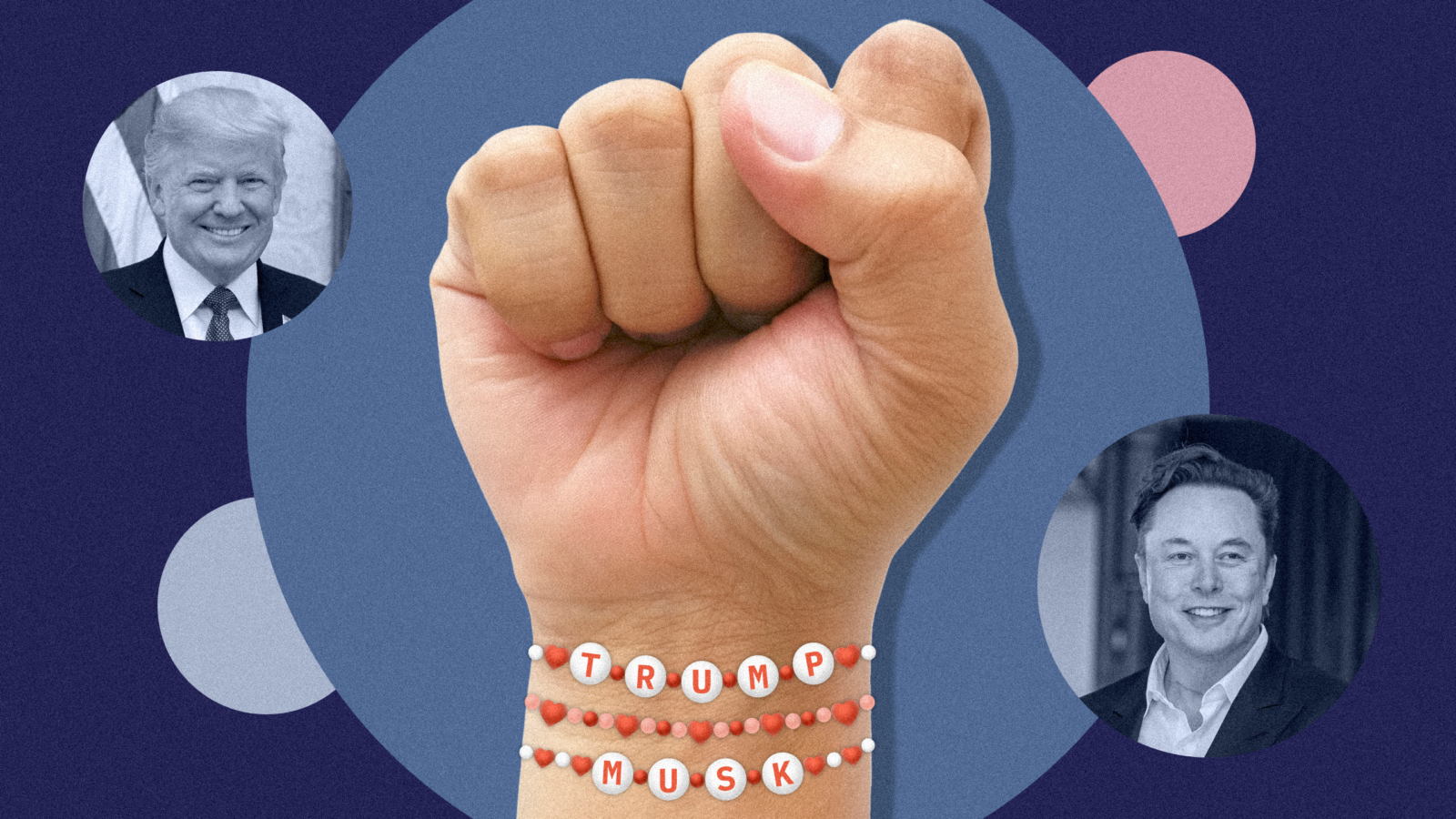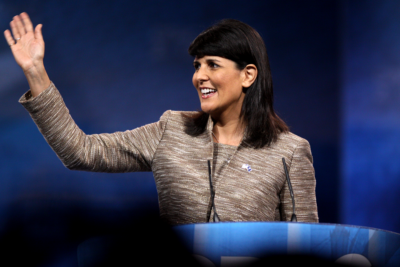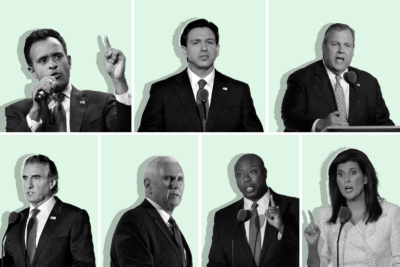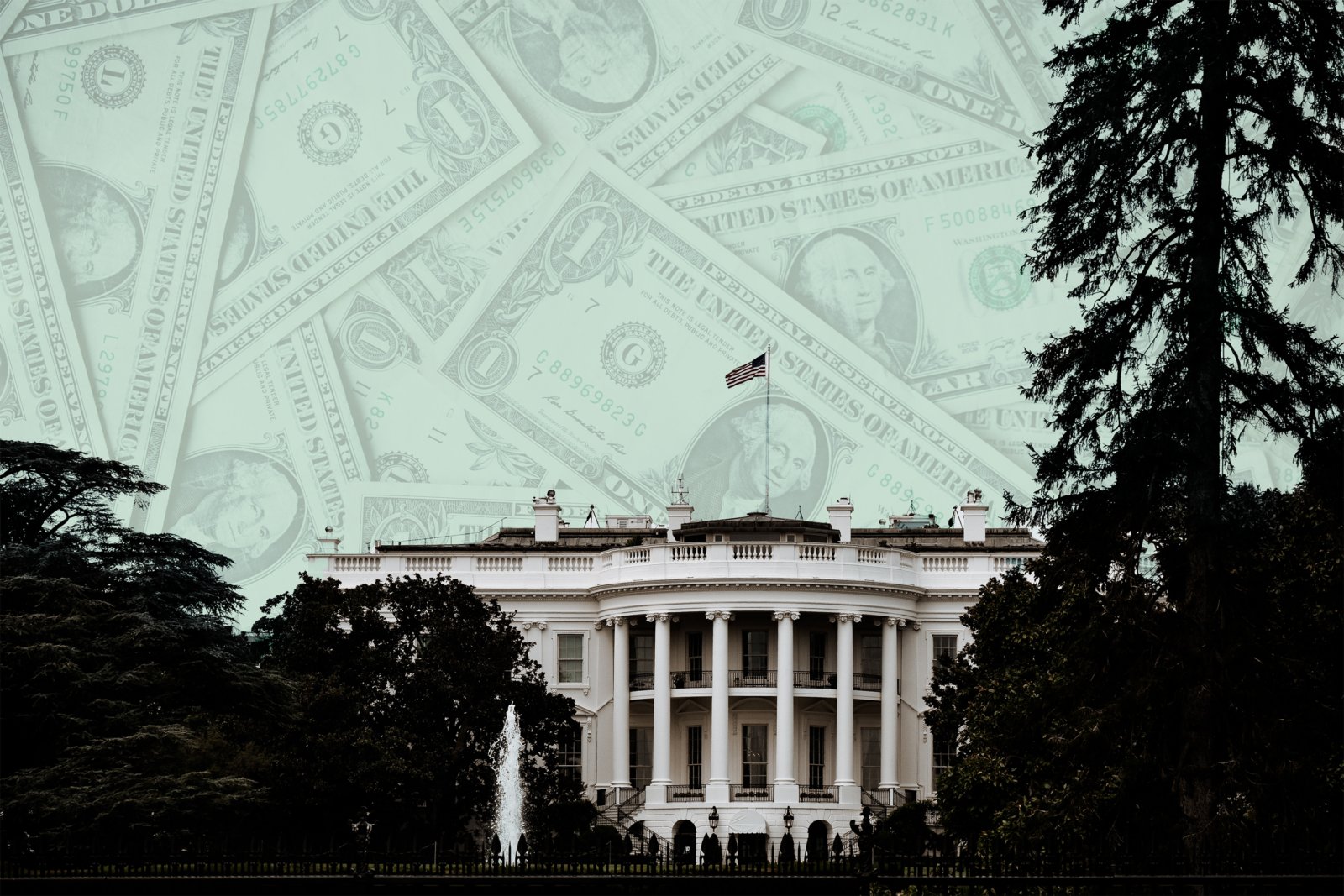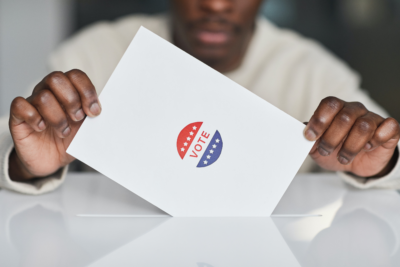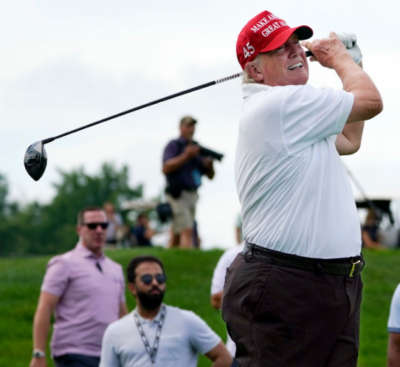America’s in a Crypto State of Mind for Trump’s Second Term
With Donald Trump set to return to the White House, the crypto industry has transformed into a major DC power player.
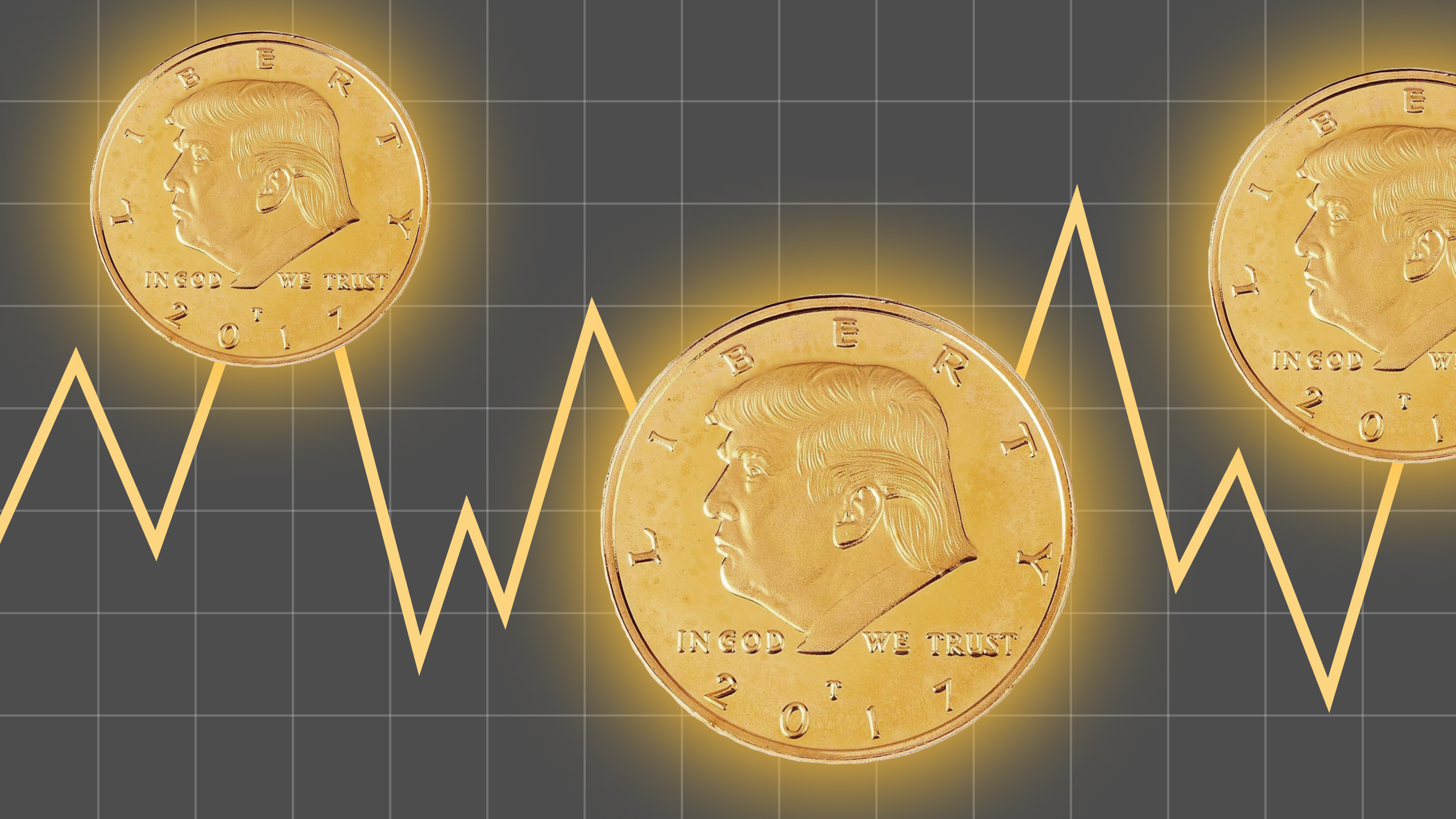
Sign up to unveil the relationship between Wall Street and Washington.
Leading up to this year’s election, Donald Trump tossed enough red meat to the crypto crowd to fill dozens of processing plants: plans to commute Silk Road founder Russ Ulbricht, paying for cheeseburgers with bitcoin at a crypto-centric bar in Manhattan’s Greenwich Village, and of course, promising to fire the crypto community’s archnemesis — Securities and Exchange Commission Chair Gary Gensler (boo, hiss).
With the election in the bag and Trump’s inauguration right around the corner, it’s time to show us the digital money. As for Gensler, he announced plans to step down from his position in January. And just this week, Trump announced he will nominate crypto advocate and Patomak Partners CEO Paul Atkins to the chair spot.
Crypto prices saw a nice surge after Nov. 5, but what should the industry actually expect over the next four years and beyond? Through super-PACs like Fairshake, Protect Progress, and Defend American Jobs, the crypto industry pumped $135 million into this election season, so they’ll be looking for “a little something, you know, for the effort.”
Let’s start with the more certain prospects. Both Trump’s inner and outer circles are full of full-throated crypto proponents:
- Trump recently selected hedge fund manager Scott Bessent for Treasury Secretary. Bessent told Fox Business earlier this year that crypto is a great entry point for younger investors who have not participated in financial markets, and that “crypto is about freedom and the crypto economy is here to stay.”
- Elon Musk’s Tesla currently holds more than $1 billion in bitcoin on its balance sheet, and Vivek Ramawsamy’s Strive Asset Management announced that it will start “integrating Bitcoin into standard portfolios of everyday Americans.” The two are set to head a putative swamp-draining arm of the White House called the Department of Government Efficiency, or DOGE, which is also the name of a meme coin taken from the viral image of a shiba inu. Musk can sound a little bit like Barry White whenever he croons about his love for DOGE. It’s almost touching.
- And it’s not just the executive branch. Nearly 300 pro-crypto lawmakers, a mix of Democrats and Republicans, were elected to Congress last month, according to the non-profit Stand With Crypto.
“Trump has a very ad-hoc view toward power dynamics and what benefits him,” said Davis Richardson, a managing partner at Paradox Public Relations. “He has a habit of going back on his word, but based on the folks he’s considering for cabinet positions, the advisors surrounding him, it does appear very optimistic for the crypto industry.”
As far as regulation goes, the crypto industry wants more clarity. The SEC and the Commodity Futures Trading Commission have cracked down on plenty of crypto firms for failing to register as broker-dealers or exchanges, but there’s not much guidance on how to actually do that. The application process can be jarring and unresponsive, making it a “gotcha environment” for crypto businesses, CFTC Commissioner Caroline Pham told CNBC.
Many industry professionals and members of Congress are pushing the next administration to create a federal, strategic bitcoin reserve. The US government is already one of the largest owners of bitcoin, holding about $12 billion worth of the tokens as a result of seizing assets. And because crypto is such a volatile space, whenever the government sells those confiscated assets, it can dramatically impact markets, Richardson said.
The reserve could work a few ways. One option is that the government would just hold on to more crypto from asset seizures. But if Sen. Cynthia Lummis (R-Wyoming) gets her way, the Treasury and Federal Reserve would purchase 1 million bitcoin — about 5% of the total supply — over the next five years and hold them for at least 20 more years. This option is a little bit more controversial, with critics labelling it a taxpayer-funded boondoggle. Trump hasn’t been too vocal or specific on the reserve outside of the Bitcoin Conference in July when he said “For too long, our government has violated the cardinal rule that every bitcoiner knows by heart: Never sell your bitcoin.”
Another possible Trump plan getting the industry excited is the elimination of capital gains taxes on US-based cryptocurrencies. Sources told TheStreet that the move could turn the US into a tax-free crypto haven. Though that would be monumental for the crypto industry, it’s just grist for the rumor mill at the moment.
As the crypto industry prepares for Trump 2.0, there’s no denying it’s gone from a fringe cohort of tech nerds back in the late 2000s to a contingent of major power players in Washington. For Trump, crypto, which he once dismissed as based on thin air, has already delivered value.
“It’s no coincidence that the industry was donating so much and then all of a sudden (Coinbase CEO) Brian Armstrong is meeting with Trump at Mar-a-Lago and having a say in who he should nominate for Gensler’s position,” Richardson said.
